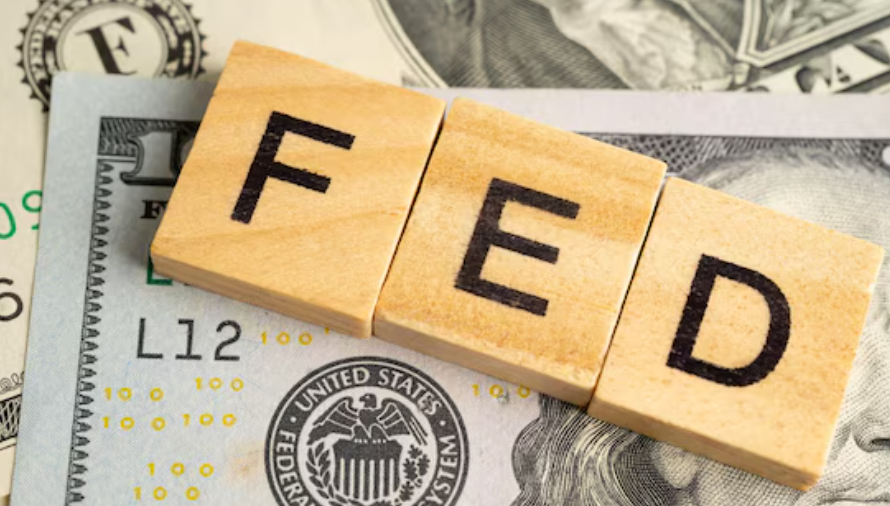$BTC $ETH #CryptoNews #Bitcoin #Ethereum #CryptoInflows #Finance #FedRateCut #Investing #DigitalAssets #Economics
How Did a $1.9B Surge in Crypto Inflows Follow the Fed’s 2025 Rate Cut?
In the latest crypto news, a remarkable surge in inflows totaling $1.9 billion has been observed following the Federal Reserve’s first rate cut of 2025. This significant movement has positioned Bitcoin and Ethereum at the forefront of the gains, driving total assets under management to an impressive $40.4 billion, marking the highest level for this year.
The dynamics surrounding this influx are multifaceted, reflecting broader economic trends and investor sentiment. A rate cut by the Fed typically signals a more accommodative monetary policy, which can lead to increased liquidity in financial markets. As interest rates decrease, traditional savings and fixed-income investments often yield lower returns. Consequently, investors tend to seek alternative assets, such as cryptocurrencies, which promise higher potential returns.
Bitcoin ($BTC) has emerged as a key player in this resurgence. As the flagship cryptocurrency, Bitcoin’s resilience and market dominance make it a preferred choice for many institutional and retail investors. Furthermore, its limited supply and growing adoption as a store of value contribute to its appeal, especially in times of economic uncertainty.
Similarly, Ethereum ($ETH) has also seen substantial gains, driven by its unique proposition as a platform for decentralized applications and smart contracts. The Ethereum network’s ongoing upgrades, including the transition to Ethereum 2.0, have bolstered confidence among investors, enhancing its use case and scalability.
Moreover, the rise in crypto inflows can also be attributed to a larger trend of financial innovation. Decentralized finance (DeFi) and non-fungible tokens (NFTs) have captivated investor interest, further diversifying the crypto landscape. As these sectors continue to evolve, they attract fresh capital, contributing to the overall growth of the crypto market.
As we analyze the implications of this $1.9 billion influx, it’s essential to consider the broader economic environment. The Fed’s decision to cut rates reflects a response to various economic indicators, including inflation and employment rates. Investors are keenly aware of how these factors intertwine with their investment strategies, particularly in volatile markets like cryptocurrency.
In addition, the rise of institutional interest in digital assets cannot be overlooked. Major financial institutions are increasingly including cryptocurrencies in their portfolios, recognizing their potential as a hedge against inflation and currency devaluation. This trend not only legitimizes cryptocurrencies but also stabilizes them through increased liquidity and mainstream acceptance.
For those seeking to dive deeper into the world of cryptocurrencies, it’s worthwhile to explore the myriad opportunities available. Engaging with platforms like Binance can provide valuable resources and insights into trading and investing in digital assets. You can learn more by visiting this link.
In summary, the $1.9 billion surge in crypto inflows post-Fed rate cut encapsulates a crucial moment in the evolving landscape of digital assets. As economic conditions continue to shift, the interplay between traditional finance and the crypto ecosystem will be pivotal. Investors must stay informed and adaptive to navigate these changes effectively. For ongoing updates and expert analysis, be sure to check out our extensive crypto coverage.
This surge not only highlights the resilience of cryptocurrencies but also underscores the potential for future growth in this dynamic sector. As the market evolves, so too will the strategies of those looking to capitalize on its opportunities.











Comments are closed.